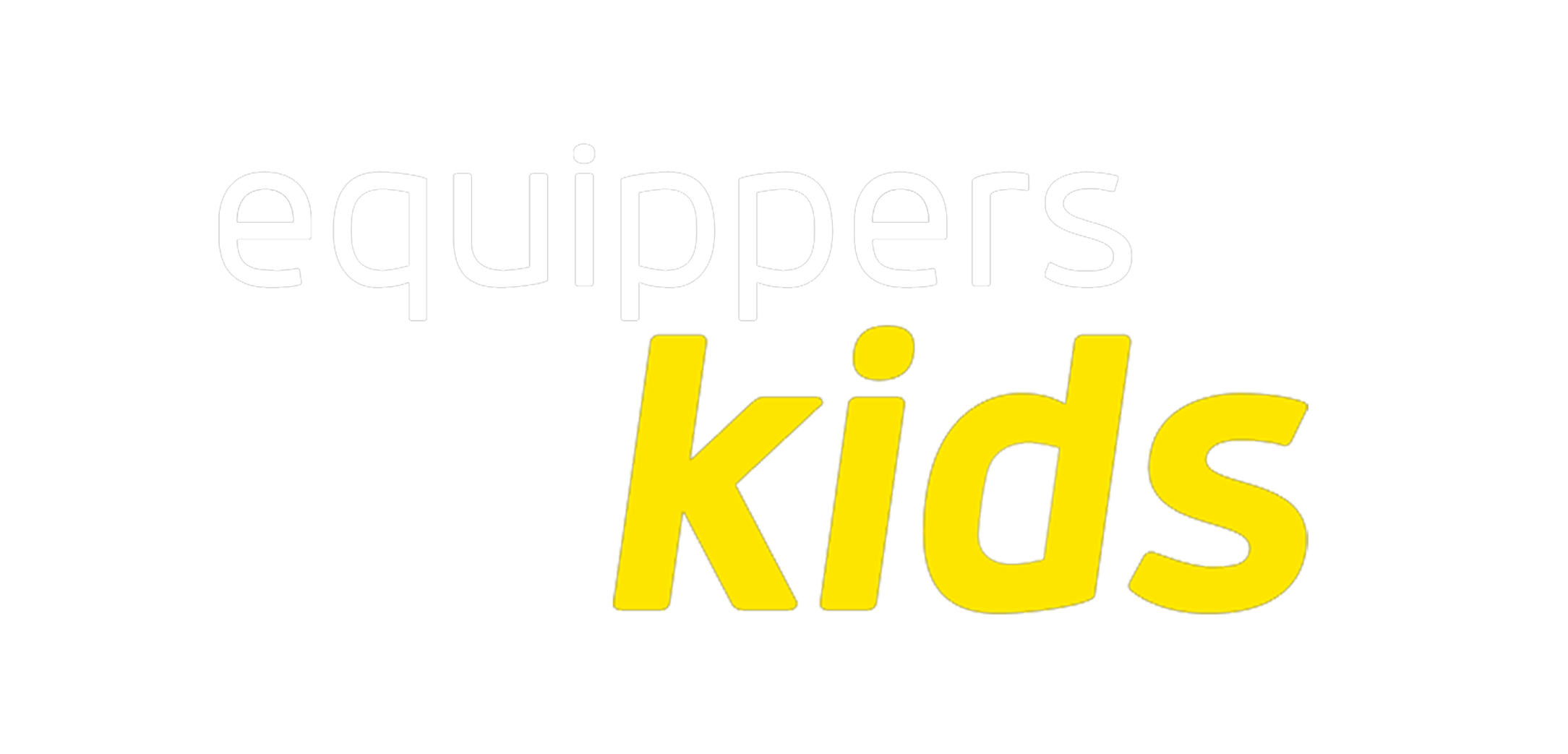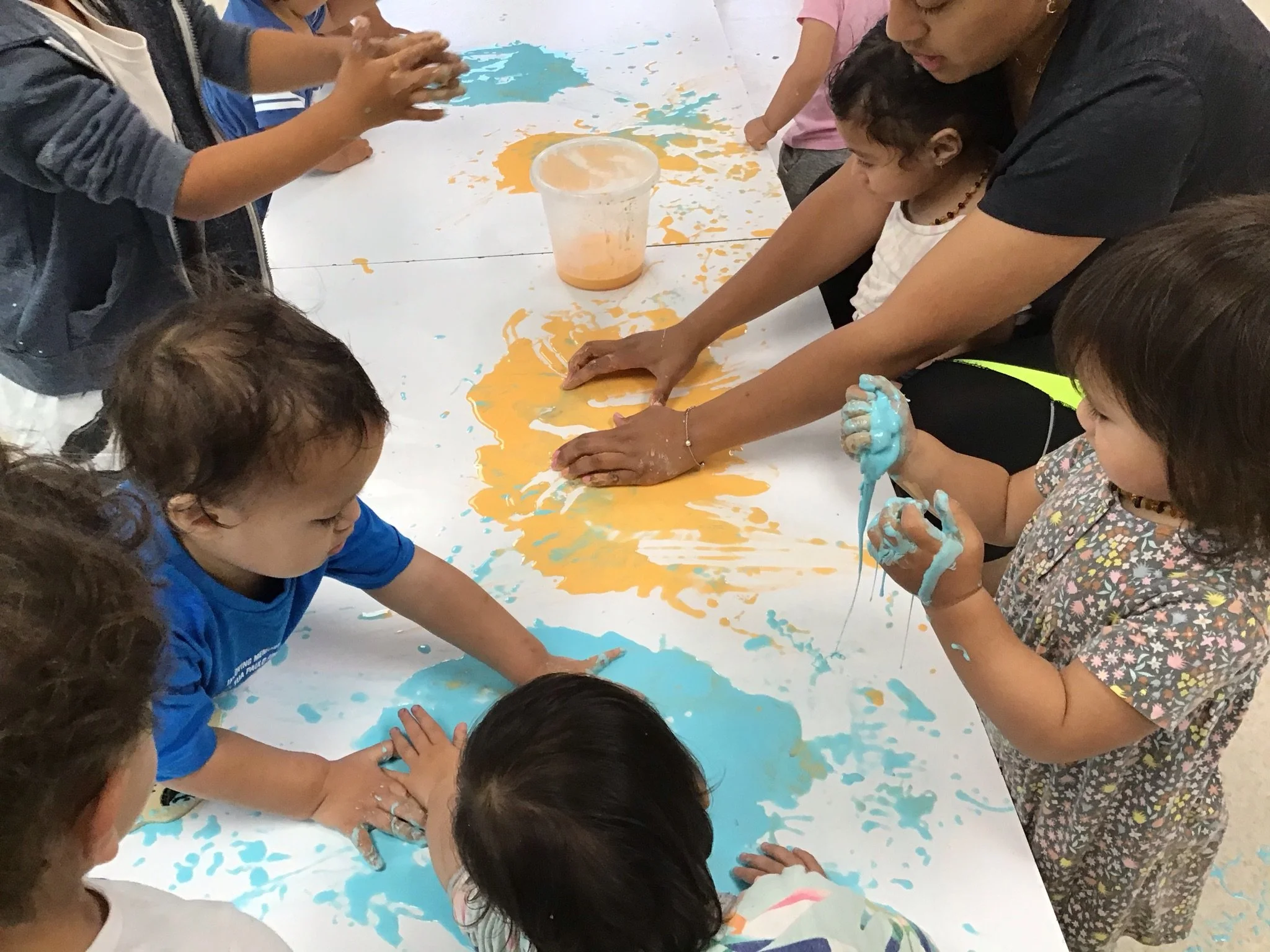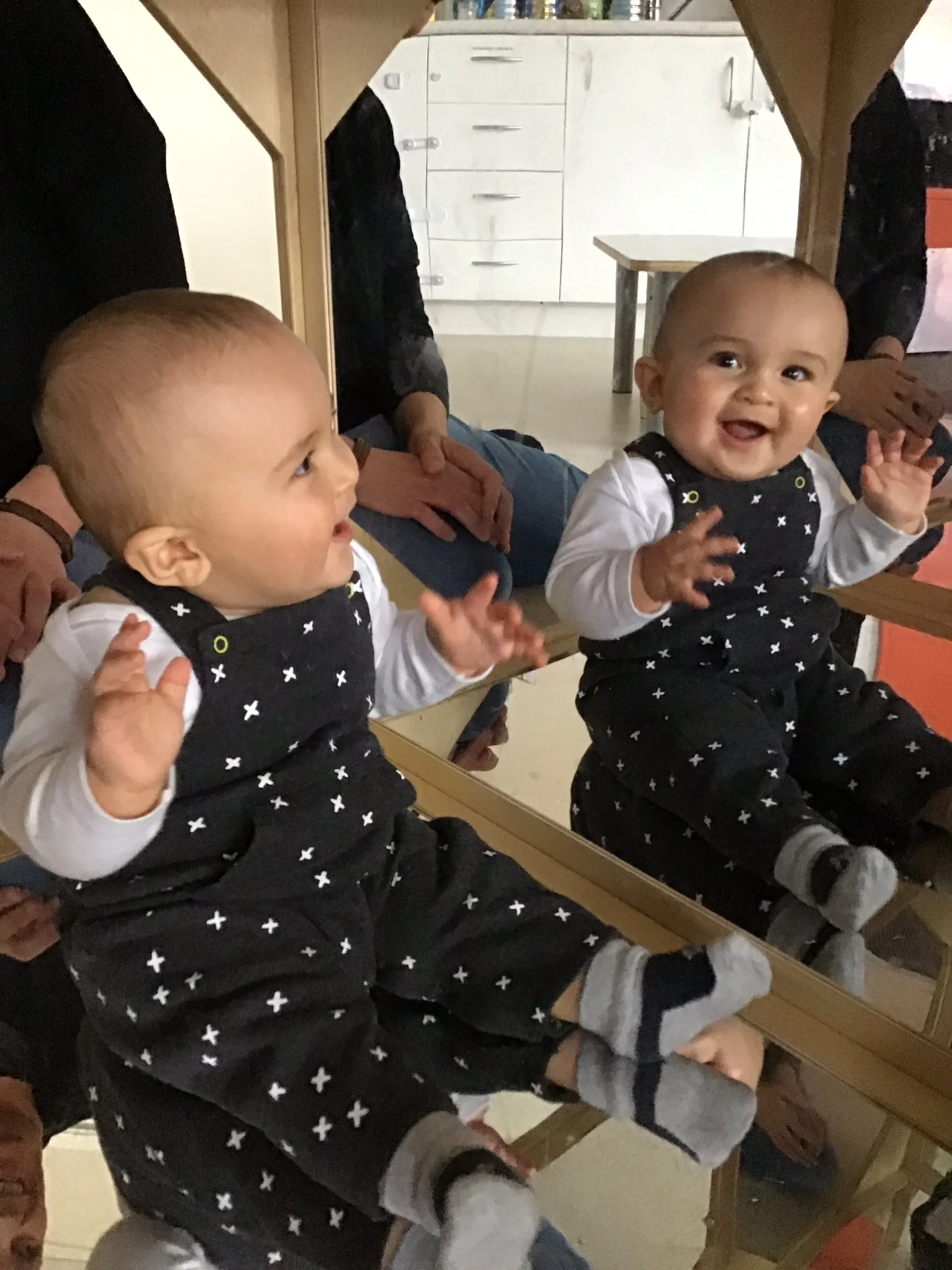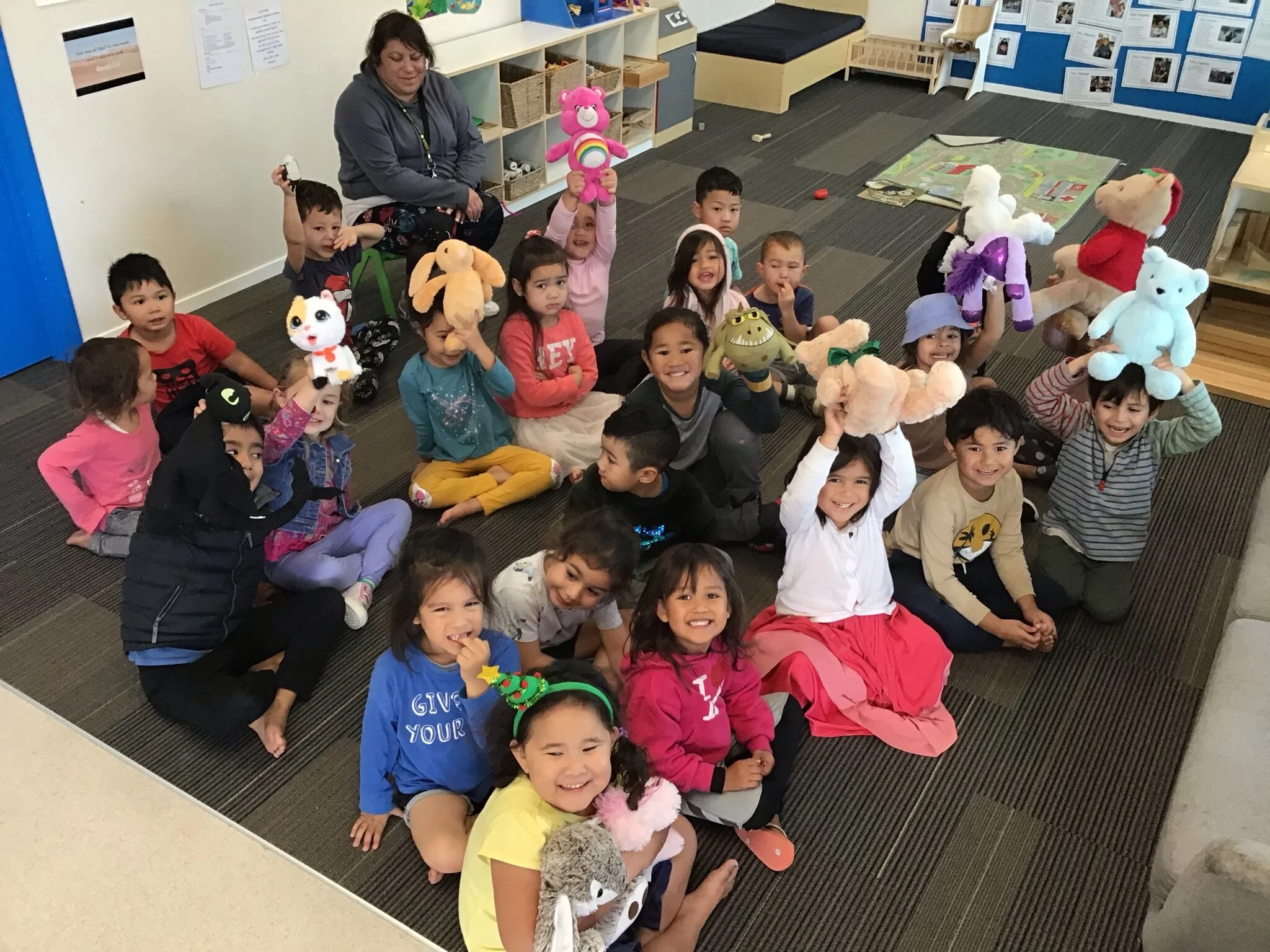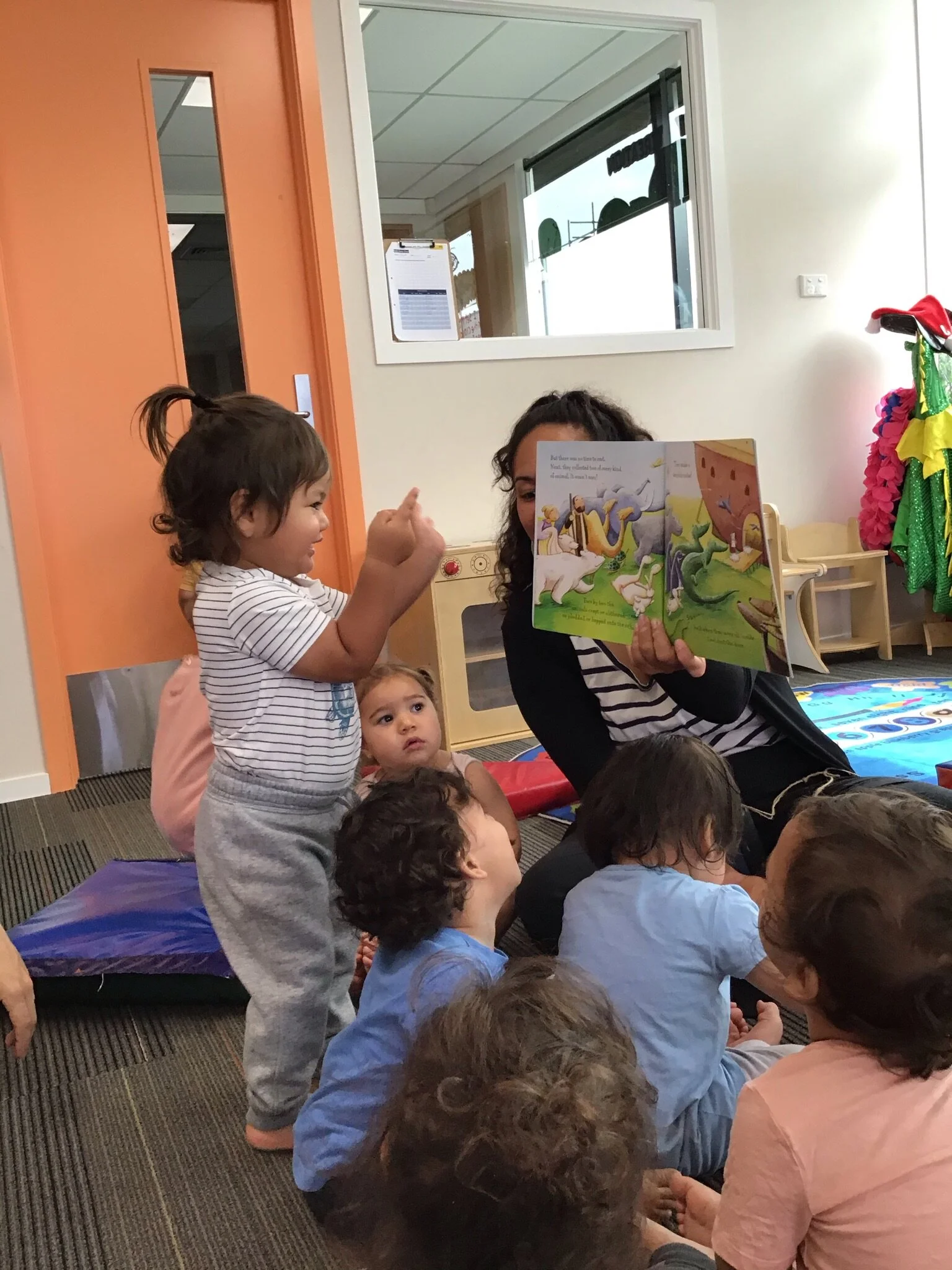Did you know that there are 5 sounds that ALL babies make before they cry?
Read MoreLet’s be honest, COVID19, RSV and the common cold are circling us all like sharks right now. It doesn’t seem to make that much difference is we stay home in a bubble or get back to normal life – sickness visits us, especially young children who have developing immune systems.
Read MoreUnderstanding the five love languages is important – especially with children.
We want our children to grow up secure and confident, which is why loving them in a way that fills their love tank to overflowing should be a priority.
Read MoreDid you know that studies have shown that handwashing can prevent 1 in 3 diarrhoea-related sicknesses and 1 in 5 respiratory infections, such as a cold or the flu.
Read MoreSwinging is one of the best activities for young children to develop their sensory system.
Read MoreTemper tantrums are very normal between the ages of one to three and are just as common in boys and girls. From crying and screaming, to hitting, kicking, biting and breath holding – temper tantrums all result from a child who is still learning how to deal with frustration.
Read MoreLet’s encourage and inspire our tamariki to develop an appreciation for food, meal preparation and cooking.
Read MoreEver wanted to know how Equippers Kids implements the national ECE curriculum?
Read MoreStarting at a new childcare centre can be a stressful time for parents and children, especially after extended one on one time during lockdowns.
Read MoreThe words we use and how we say them make a huge difference to how our tamariki respond to us. At Equippers Kids we choose our words carefully.
Read More“If all parents, everywhere, understood that a word spoken to a young child is not simply a word but a building block for that child’s brain, nurturing a stable, empathetic, intelligent adult, and had the support to make it happen, what a different world this would be.”
Read MoreMost of us know why a preschool education is important. We know that your child being “school ready” has a lifelong impact on education and learning. Not to mention social skills and creativity. We also know the right childcare centre can be a hugely beneficial and supportive experience for you and your family.
But, how do you choose a childcare centre? What do you look for? How do we make this really big decision?
Read MoreBefore we open our mouths, children have already received a message from our face.
The Toni Morrison Parenting Wisdom that could Change Everything
Read MoreTurning five is a big deal. Starting school is a special milestone for tamariki in New Zealand. It can be positive or scary or every emotion in between - for both child and whanau.
Read MoreThe benefits and power of music making for young children has been studied and the results strongly suggest we start making music a part of every child's life.
Read MoreTe Whariki is the learning curriculum that we follow at Equippers Kids. A whāriki or woven mat, is the symbol used to represent the NZ early childhood curriculum. The whāriki acknowledges that many aspects must come together to fully develop the potential in a child. The whāriki image is unfinished which symbolises that there is always more to learn, and a weaver can always weave in new strands of harakeke (flax) to expand their whāriki.
Read More